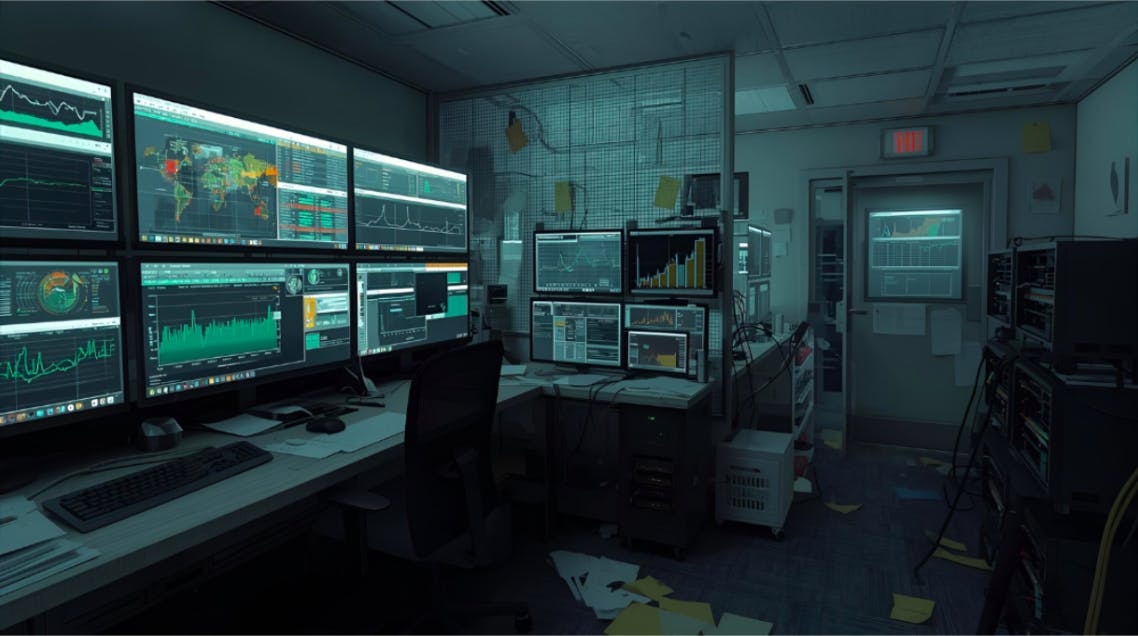In a quiet room lined with giant computer monitors, a team of seven Zap Energy engineers prepares to generate super-heated plasmas in a demo fusion device.
Like mission control at a space launch, a Zap operator checks with her teammates one-by-one to ensure the systems are ready. One engineer oversees capacitors stored in black shipping containers that charge from the grid and send a massive energy surge to the fusion reactor. Another verifies the silvery liquid metal cooling the reactor core is circulating properly. Each component must play its role on cue.
“Starting sequence, and three, two, one.”
“Charging.”
Outside the room one hears the successful “thump” of the plasma firing, followed by a flash of purple-hued light.
Zap is one of four fusion companies in the Pacific Northwest and roughly 45 worldwide that are doggedly working to do what’s never been done before: replicate on Earth the reactions that power the sun and the stars in pursuit of clean, nearly limitless electricity.
Earlier this year, the Everett, Wash.-based company hit a new milestone, creating more than 1,000 consecutive plasmas — the state of matter required for fusion — over three hours. Since then, Zap’s Century system has delivered more than 10,000 plasma-forming shots under different configurations. On a recent tour of the site, the engineers demonstrated the technology for a small group of journalists.
Each run provides a little more data, nudging the science another step closer to the goal of capturing “a star in a jar,” as Ben Levitt, Zap’s vice president of R&D, describes the reaction.
‘A tame lightning bolt’

The concept of fusion energy is simple enough. Reactors generate ion-containing plasmas that are sufficiently hot, dense, and long lasting to create conditions in which atoms that don’t want to combine are forced together and release energy. But physicists have spent decades trying to create fusion and produce more power than is required to run the devices, and no one knows if or when it will be accomplished.
Despite the long-standing uncertainty, skyrocketing demand for electricity to fuel data centers and AI operations has stoked interest in the clean power source and billions of dollars have flowed into the sector in recent years.
Fusion has attracted investments from deep pockets in the tech sector, including Chris Sacca’s Lowercarbon Capital and Bill Gates’ Breakthrough Energy Ventures investing in Zap, while OpenAI CEO Sam Altman is backing Helion Energy, also located in Everett.
Physicists are chasing fusion with different kinds of reactors using high-powered magnets and lasers to create and hold plasmas. Zap’s solution is to run a super high current through the plasma in its reactor, which produces a magnetic field that compresses the matter.
“This is literally a tame lightning bolt,” said Matthew Thompson, Zap’s vice president of systems engineering.
In truth, it’s even more intense — the current inside the plasma is cranked up 20 times higher than a bolt of lightning.
The Zap team touts its approach as more affordable and scalable than other strategies given that it has a much smaller footprint than most. Its reactor chamber is about the size of a hot water heater and doesn’t require ultra-complex magnets and lasers.
“It’s this so-called self-organized plasma structure which confines itself with its own magnetic field,” Levitt said. “And it makes its own magnetic field just when it needs it, for those few microseconds, and then it goes away.”
Parallel tracks for progress

Zap launched in 2017 with research out of the University of Washington. It has raised $330 million from investors and $13 million in U.S. Department of Energy grants. Zap’s headcount totals 150.
Its R&D approach is two-pronged, with part of the team working on improving the plasma and fusion reactors while the other works on integrating the other components needed to produce the power for the reactors and capture the energy generated by fusion to put it on the grid.
“These are parallel efforts,” said Levitt. “It’s getting the plant technology ready while we perfect the plasma performance.”
The company commissioned Century in 2024 and has already increased 20-fold the average power it can deliver to the system for plasma creation, reaching 39 kilowatts. The next target is 100 kilowatts, then 1 megawatt, with a commercial-scale system requiring 10 megawatts.
Speed is another challenge. Century initially fired one plasma shot every 10 seconds, and has since doubled that rate. But the progress needs to be exponential, not linear.
“Ultimately, for a power plant, you’re going to need to do that [shot] 10 times a second, so much faster,” Levitt said. “But we’re not worrying about that right now.”







.jpg)


